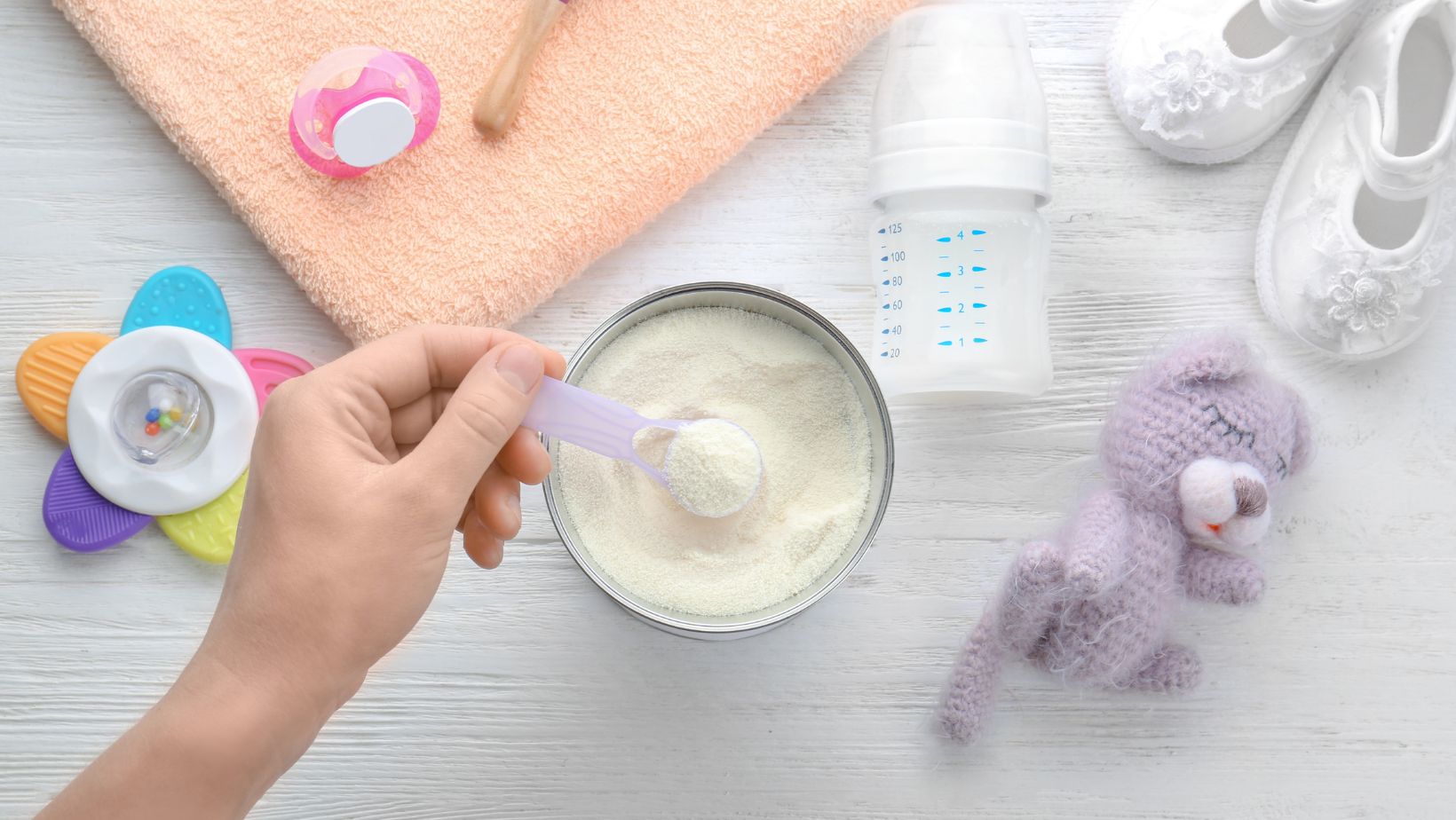Decoding Baby Formula: Understanding Ingredients, Safety, and Nutrition

Baby formula is an alternative to breast milk the baby needs during its first year of life and even after. For example, Holle toddler formula supplies 1+ year kids with everything required, letting them adjust to adult food without fuss, especially when medical recommendations exist.
Baby formula is newborns’ primary and only source of macronutrients and micronutrients. Eventually, it must be safe and nutritious. How to recognize a decent formula to feed your baby safely? Let’s find it out.
The List of Ingredients
The first thing to consider is the ingredients mentioned on a package or a can. It can include organic or non-organic things. Organic stands for natural and without chemicals, artificial colorants, stabilizers, taste enhancers, etc.
As a rule, the ingredient list is quite long, and knowing more about it is necessary.
Protein
It’s the main course for human muscles. There are two protein sources in the baby formula – casein and whey. Casein is harder to digest, so it goes first in “hungry” formulas for underweight babies or those who stay hungry long. Whey is less complex, and it comes first in other formulas. For example, breast milk has 60% whey and 40% casein proteins.

You should better consult a specialist to choose the right source of proteins. It can be a cow, goat, soy, coconut, oat, or hemp milk with or without supplements. Vegan formulas are for babies allergic to animal milk, so it usually needs extra supplements to compensate for the deficiency.
Fat
Babies need fatty acids for the nervous system, eyes, and brain development. They are in vegetable and plant oils. The safest fat sources are sunflower, soy, coconut, and safflower oils. The best variant is to choose organic formulas to get a product without pesticides, herbicides, and antibiotics.
Carbs
Carbohydrates are the energy source and must be lactose-based in baby formulas. It helps good bacteria to survive in a baby’s gut and increases the resistance to illnesses and infections.
Additional ingredients
Vitamins and minerals, such as calcium, zinc, potassium, iron, and more, can be derived from milk or added separately to make each serving nutritious, regarding a baby’s age. Your pediatrician should specify the vitamins and minerals your baby needs to select the right formula.
Nutritional Value
The need for a newborn’s protein differs from a toddler’s. One can say the same about fats, carbs, vitamins, and minerals. Consequently, the chosen formula should correspond to the baby’s age. European brands have developed different formula stages. The most common types are:

- 0+ or PRE for newborns, especially underweight or immaturely born
- 1 for newborns up to 6-month-old
- 2 for babies from 6 to 12-month-old
- 1+ for 1-year-old kids
- 2+ for 2-year-old kids
Each serving of every stage contains the required amount of nutrients that helps to avoid a deficit of vitamins and minerals. You should not use the same portion of one formula all the time. The growing organism needs more unless you introduce adult foods with their own nutritional value.
Safety of Baby Products
Besides the required nourishment, you should buy safe products. You should look for natural components and consider the brand’s reputation. The manufacturing company must have positive testimonials from clients and be transparent, meaning giving contacts for claims and refunds in case something is wrong with their baby formula. You can consult your pediatrician, ask experienced parents, and look for the answers on FAQ websites about the pros and cons of the chosen formula.
Another tip is to seek certificates about the product. The mentioned labels and instructions usually contain information about clinical trials and tests made by independent laboratories. For example, American baby formula must be FDA-approved, and the EFSA must verify European goods.
-
Personal Finance5 months ago
How Do I Find My UCAS ID Number?
-
Success5 years ago
Consistency: The Key Ingredient to Success
-
Uncategorized5 months ago
What Does Conditionally Approved Mean For An Apartment?
-
Motivation2 years ago
How To Become a More Organized Person?
-
Others4 years ago
Work Health and Safety: 8 Reasons to Maintain a Clutter-free Office
-
Entrepreneurs3 years ago
Why Diversity is Key in Business Marketing
-
HK Pools5 months ago
The HK Pools Forum Comunity Jos Markotop 2D Warna Kuning – A Great Way to Stay Connected
-
Sport1 year ago
What Makes Soccer Betting So Great?



























